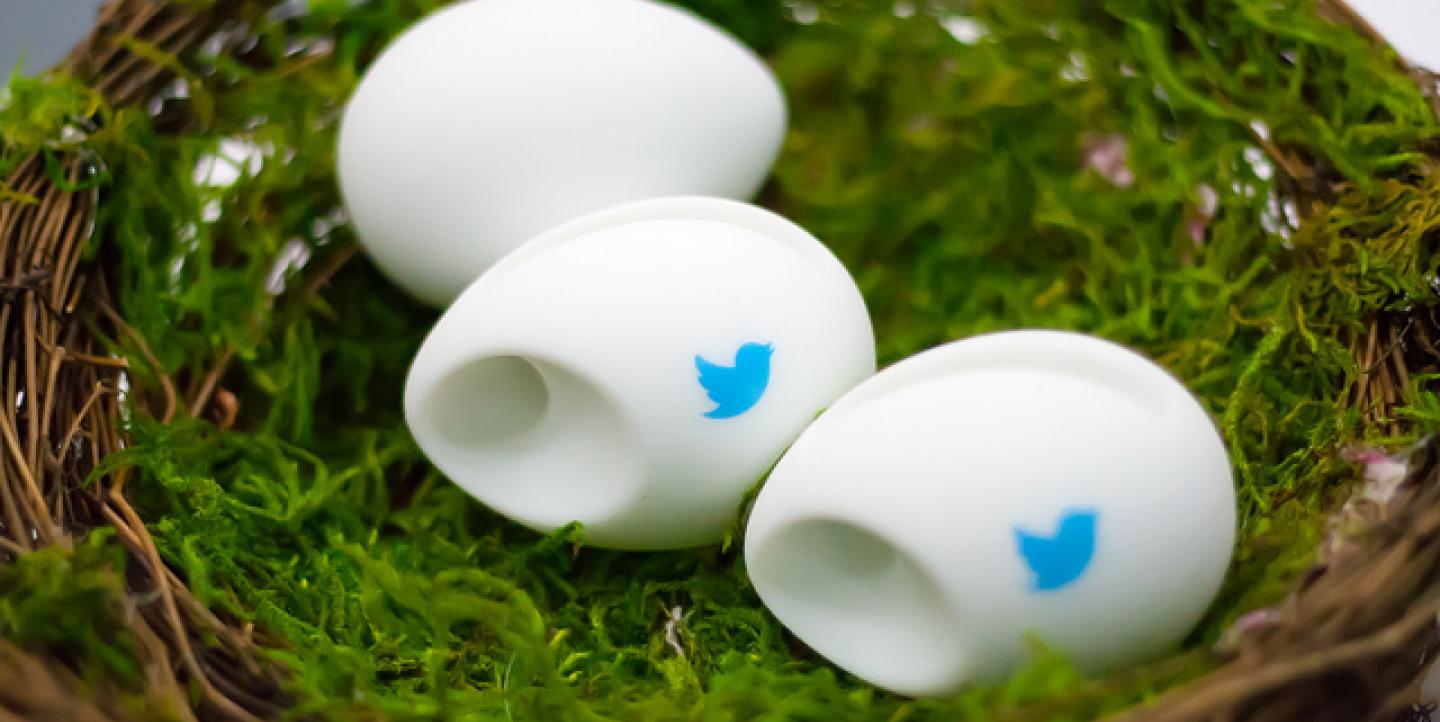Shortly after the Paris attacks, and after the House passed a bill that could limit the admission of Syrian and Iraqi refugees to the United States, CNN global affairs correspondent Elise Labott tweeted: “House passes bill that could limit Syrian refugees. Statue of Liberty bows head in anguish.” The tweet was followed by a mention to @CNNPolitics and a link to CNN's story.
CNN suspended Labott for two weeks over the tweet, and she later apologized for editorializing. Michael Calderone, a media critic for The Huffington Post, pointed out that Labott had tweeted her point of view in the past, and it wasn’t clear why she was being penalized this time but not before.
Despite more and more journalists jumping on the social media bandwagon and using Twitter as a reporting tool, the rules of engagement remain somewhat unclear.
ICFJ Knight Fellows Chris Roper and Raymond Joseph discussed the six golden rules for journalists on Twitter, the pitfalls of the platform and more during a webinar hosted by ICFJ Anywhere and Dow Jones. Below are our main takeaways, starting with the six golden rules for journalists on Twitter:
Rule #1: Ask not what Twitter can do for you; ask what you can do for Twitter.
“If you’re going to use it and then leave …, you’re not going to get full value," said Chris Roper, data editor for ICFJ’s Code for Africa data journalism initiative. “You have to be an active player on Twitter. … People are going to follow you because you will be able to tell them what’s going on.”
Rule #2: It’s a blue bird with a birdbrain.
Be careful with taking info at face-value, and check everything before tweeting. “On social media, you’re predisposed to trust the people you follow. But that trust has to be tested every single day,” Roper said.
Rule #3: Twitter is smarter than you are.
Roper said that no matter what you know, there’s always going to be someone on Twitter who knows more than you. “So show some respect and humility.”
Rule #4: Twitter is the beginning of the story. It’s not the story.
A bunch of tweets stitched together is not a story; it’s just an overheard at a bar, said Roper. “For sure, use that stuff, but you need to add analysis. You need to be checking those things.”
Rule #5: There is no difference between Twitter journalism and any other form of journalism.
Just because it’s in a different medium it doesn’t mean that the bar should be lower. The same rules, same ethical rigor and same respect for readers apply.
Rule #6: Don’t feed the trolls.
The golden rule of the Internet can be extended to Twitter as well: never engage with a troll. “No matter what you do, you’ll never win,” said Roper.
As for the pitfalls, Roper mentioned the following:
Twitter will be gone eventually
Roper is of the idea that Twitter will die eventually and some other big social media platform will replace it, so you have to be ready for that. “You can’t just be a Twitter expert, you need to experiment with all social media platforms,” Roper said.
Twitter is not the entire world
“You tend to think that Twitter is the world. In fact, not everybody is on Twitter,” Roper said, something that might sound obvious but journalists tend to forget, especially when they quote something said on Twitter as if it's public opinion.
“It’s not public opinion, it’s just a bunch of people on Twitter. Every journalist in every market should understand which part of his or her audience is on Twitter.”
Twitter can lie to you
To avoid falling for hoaxes, you should check all the info you get from Twitter. For that, ICFJ Knight Fellow Raymond Joseph, who is working with Code for South Africa to strengthen the storytelling and audience engagement of news, recommended Topsy to perform searches on Twitter and twXplorer, a tool that lets you search for hashtags during a breaking news event.
If you mess up, correct quickly and don’t delete your tweet
Before tweeting, check the spelling of names and places, and double-check you’re using the right hashtags and Twitter handles. “If you make a mistake, correct it immediately,” Joseph said. The best way to do it is as a reply to your original tweet, so it will show right below it.
“The worst thing you could do is delete it and pretend nothing ever happened,” Joseph said. “As journalists, if you’re not prepared to say it to someone’s face, if you’re not prepared to write it on the sky, don’t say it. Think three times before you tweet once.”
You can watch an archived version of the webinar below.
Image: CC-Licensed, thanks to Garrett Heath on Flickr.

